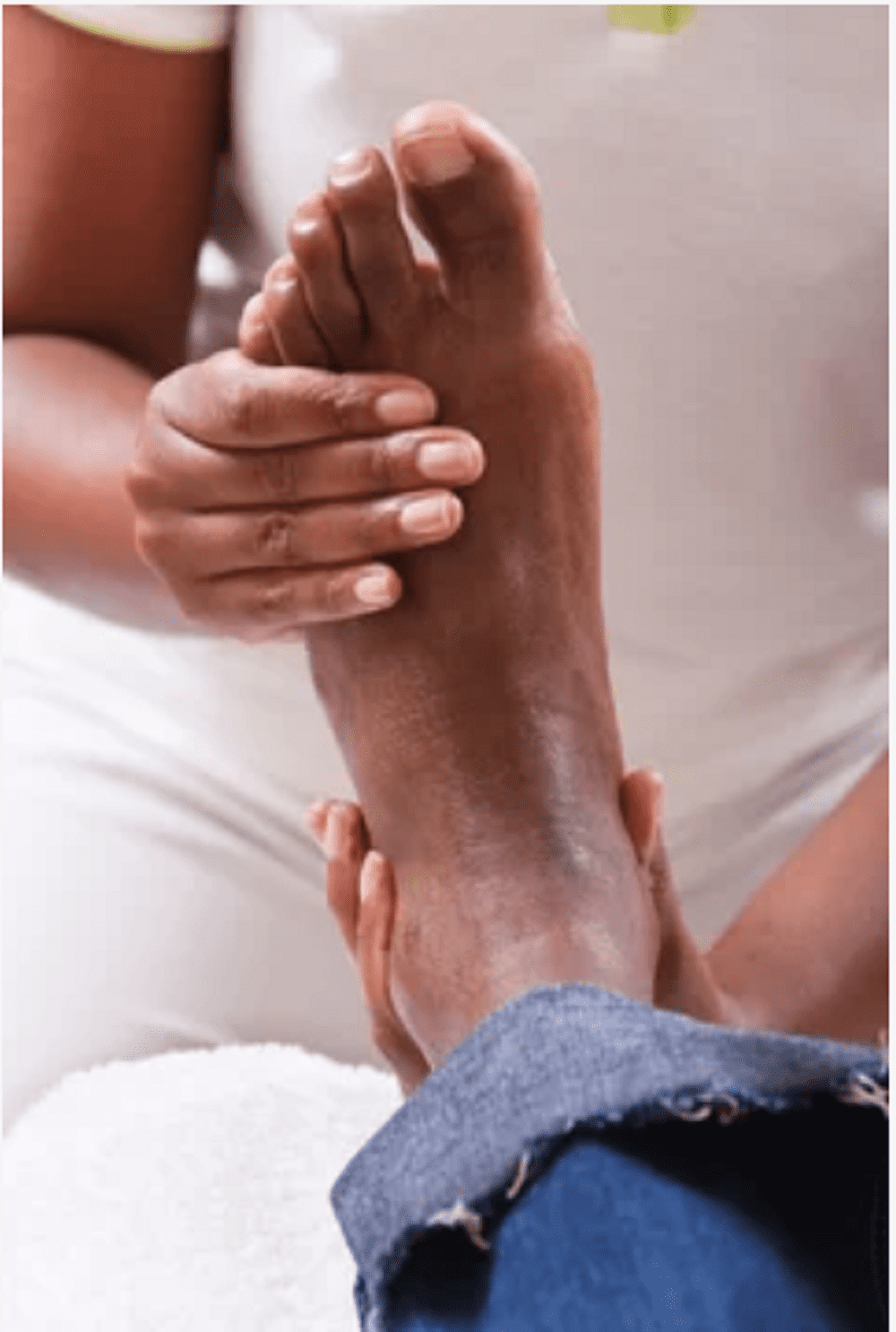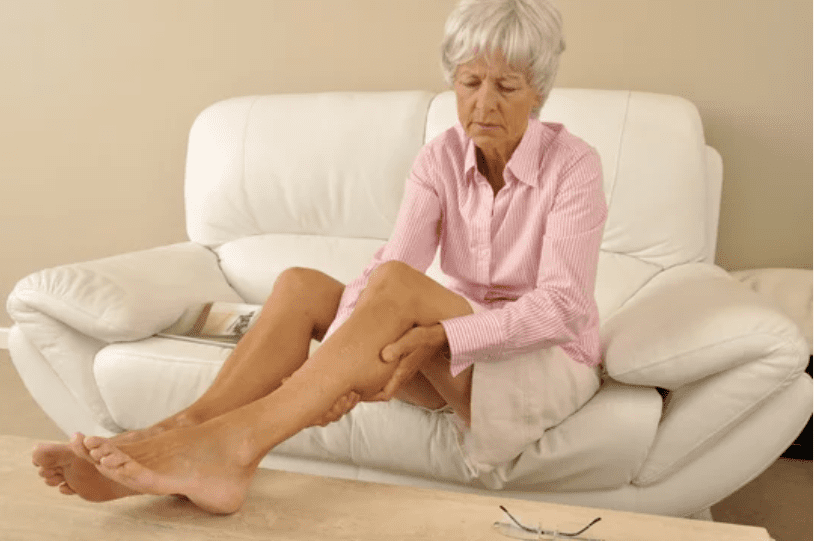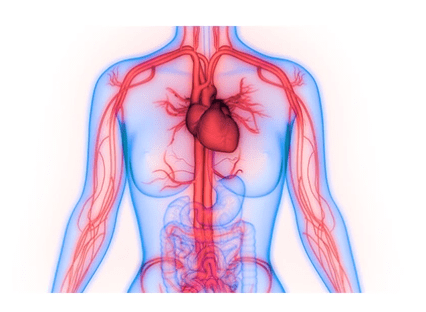
Am I at Risk for Peripheral Arterial Disease?

Like all things in life, your body begins to show signs of wear and tear as it ages. You see it in your skin and eyes and feel it in your joints and muscles. So how do you know when those aches and pains are normal and when you should seek medical attention?
While some discomfort typically accompanies the aging process, many symptoms can be avoided or reduced with diagnosis and treatment. For instance, if you have peripheral artery disease (PAD), you may feel one leg or foot is always colder than the other. Cuts and sores on your lower extremities may take longer to heal. Or maybe you have cramping or weakness in your hips, calves, thighs, and legs when walking or climbing.
While these symptoms point to vascular problems in your legs, PAD can also develop with no symptoms at all. The condition is typically caused by the accumulation of fatty deposits along artery walls, which causes narrowed blood vessels that can result in life-threatening complications if left untreated.
The role of genetics in PAD
PAD tends to run in families, so if anyone in your family has a history of the disease or of cardiovascular disease and stroke, you may have an increased risk of developing the condition. In this case, it’s a good idea to come see us at Peachstate Advanced Cardiac and Endovascular (PACE) in the Coweta County, Georgia, area so we can help you prevent and manage symptoms.
How to avoid PAD
Quit smoking
You’ve seen the warning label: Tobacco is hazardous to your health. It also increases your likelihood of getting PAD by a factor of four. Tobacco constricts blood vessels and causes problems in your cardiovascular system, including atherosclerosis, circulatory system problems, and PAD. As with other complications of smoking, you can improve your health when you stop using tobacco.
Manage your diabetes
Diabetes is characterized by high levels of glucose in your bloodstream, which can damage the nerves and blood vessels in your legs. Untreated, this combination can eventually result in the amputation of your feet and legs. Keeping your blood sugar balanced reduces the risk of this damage and decreases your chances of developing PAD.
Lower your cholesterol
High cholesterol clogs your arteries and can lead to atherosclerosis (hardening and narrowing of your arteries) and PAD. Controlling cholesterol levels, whether through diet, medication, or a combination of both, is key to reducing your risk of developing PAD.
Reduce your body weight
Being overweight or obese puts you at a greater risk for PAD, diabetes, high blood pressure, heart disease, and stroke among several other conditions that can reduce your overall health as you age. Maintaining a body mass index under 25 helps lower your chances of suffering from these conditions, and diet and exercise are your best weapons to maintain prolonged good health.
Monitor hypertension
You may not even realize you have hypertension (high blood pressure) until it’s in its late stages, because it often exhibits no early warning signs. But it’s important to monitor your blood pressure regularly, since hypertension is both a contributor to and symptom of PAD. Fortunately, you can help prevent high blood pressure and possible PAD with a healthy diet and exercise routine.
If you’re one of the more than 8 million Americans with PAD, or if you have one or more contributing risk factors, it’s time to see our endovascular specialists at Peachstate Advanced Cardiac and Endovascular (PACE). Call us or book an appointment using our online scheduling tool.
You Might Also Enjoy...


Should I be worried about my numb feet?

Can leg cramps be a sign of something serious?

Meet Dr. Odiete - PACE Cardiovascular Specilaist

Keeping your Vascular System Healthy


